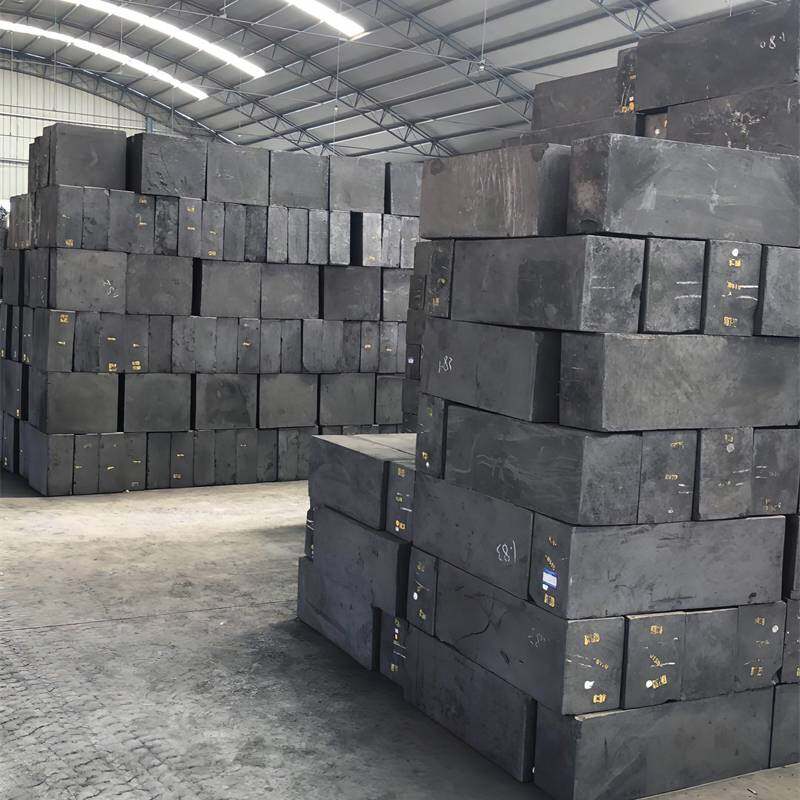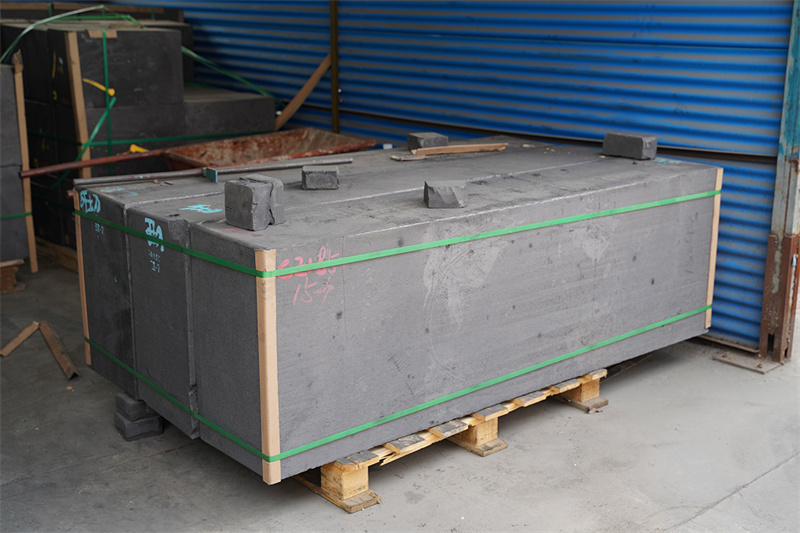High-purity graphite stands as an extraordinary substance with a multitude of applications across various industries. Renowned for its exceptional properties, this form of graphite has emerged as a critical component in numerous technological advancements, owing to its purity and unique characteristics.
Understanding High-purity Graphite
Graphite, a crystalline form of carbon, exists in different grades and purities. High-purity graphite distinguishes itself by its exceptional level of purity, typically exceeding 99.9%. This high level of purity is achieved through meticulous refinement processes, eliminating impurities and ensuring a material of superior quality.
Properties that Set High Purity Graphite Apart
High Strength
Despite its soft and lubricative nature, high-purity graphite exhibits surprising mechanical strength and durability. This strength allows it to withstand high-stress environments, making it suitable for applications where structural integrity is paramount, such as in aerospace components, high-temperature furnaces, and automotive parts.
Good Thermal Shock Resistance
High-purity graphite possesses excellent thermal shock resistance, enabling it to withstand sudden changes in temperature without undergoing significant expansion or contraction that could lead to structural damage. This property is particularly advantageous in applications involving rapid heating or cooling cycles, like in the production of glass, ceramics, and semiconductors.
High-Temperature Resistance
Its exceptional tolerance for high temperatures is a standout feature. High-purity graphite can endure extreme heat without losing its structural integrity or mechanical properties. This quality makes it indispensable in industries requiring materials that can withstand intense heat, such as in the manufacturing of crucibles, heating elements, and insulation for high-temperature furnaces.
Antioxidant
High-purity graphite exhibits antioxidant properties, meaning it resists oxidation even at elevated temperatures. This characteristic is crucial in environments where exposure to oxygen or other reactive substances might cause materials to degrade or corrode, ensuring the longevity and reliability of components used in aerospace, chemical processing, and high-temperature applications.
Low Resistivity
With its small resistivity, high-purity graphite demonstrates excellent electrical conductivity. This feature is highly sought after in applications involving electrical components, electrodes, and batteries, where efficient conduction of electricity is essential for optimal performance and energy transmission.
Corrosion Resistance
Its resistance to chemical reactions and corrosion is a significant advantage in industries dealing with harsh chemicals or corrosive environments. High-purity graphite's inertness to many chemicals makes it an ideal material for use in chemical processing equipment, where maintaining material integrity is crucial for safety and longevity.
Easy Precision Machining
High-purity graphite's composition and structure allow for precise machining and shaping with relative ease. This property enables manufacturers to create intricate and complex components with high accuracy and tight tolerances, reducing production time and costs while maintaining quality in various industries like aerospace, electronics, and automotive.
The combination of these superior characteristics positions high-purity graphite as a versatile and indispensable material across a wide spectrum of industries, enabling groundbreaking innovations and technological advancements in numerous applications. Its exceptional properties continue to drive research and development, further expanding its potential uses in evolving industries and emerging technologies.
Applications Across Diverse Industries
Energy Storage: The demand for high-purity graphite has surged with the growing prominence of lithium-ion batteries. It serves as a critical component in battery anodes, enhancing their performance and lifespan.
Metallurgy and Manufacturing: In the metallurgical industry, high-purity graphite finds use as crucibles and molds due to its ability to withstand extreme temperatures during the production of metals and alloys. Additionally, it plays a pivotal role in manufacturing processes such as semiconductor production and electrical discharge machining (EDM).
Nuclear Industry: High-purity graphite's exceptional thermal and electrical conductivity properties make it an essential material in nuclear reactors, where it is used in moderator and reflector components.
Chemical Processing: Industries dealing with corrosive substances benefit from high-purity graphite's resistance to chemical reactions. It is utilized in chemical reactors, heat exchangers, and other equipment requiring high chemical inertness.
Conclusion
High-purity graphite stands as a testament to the remarkable capabilities of advanced materials. Its exceptional thermal and electrical properties, coupled with its resistance to corrosion, make it a crucial element across diverse industries. As technology progresses, the role of high-purity graphite is expected to evolve, contributing significantly to innovations in various sectors and shaping the future of advanced materials.
The continual exploration and utilization of high-purity graphite promise a world of possibilities, enabling breakthroughs in multiple industries and driving technological progress to new heights.



_853.jpg)
_867.jpg)
